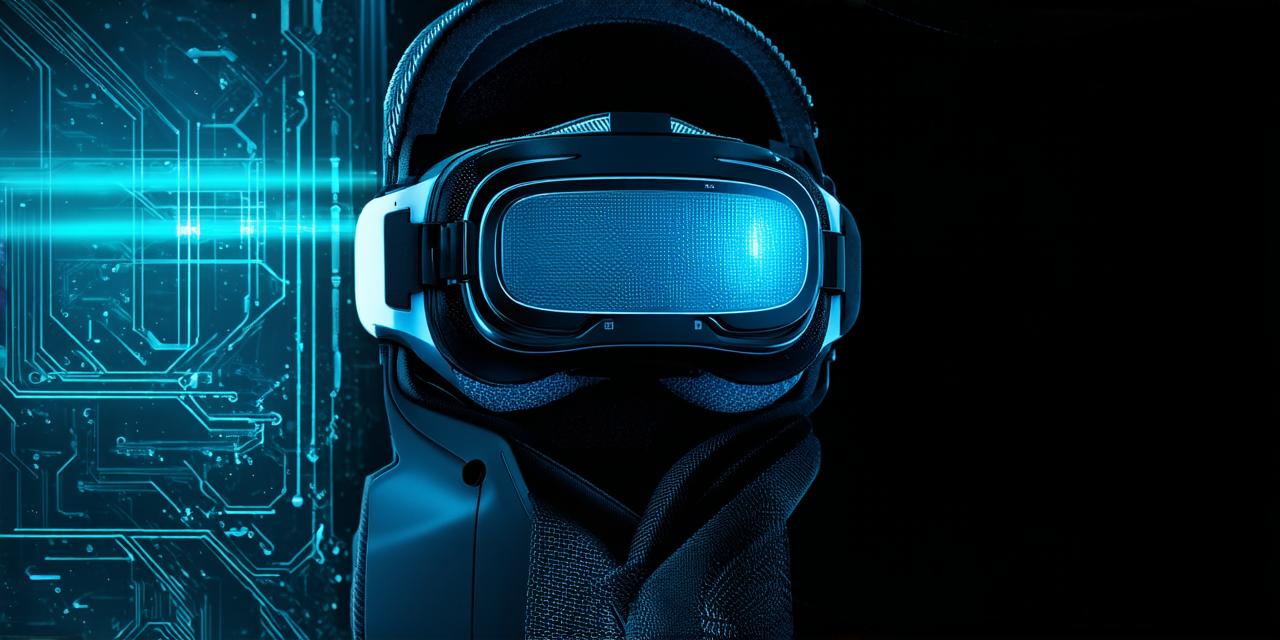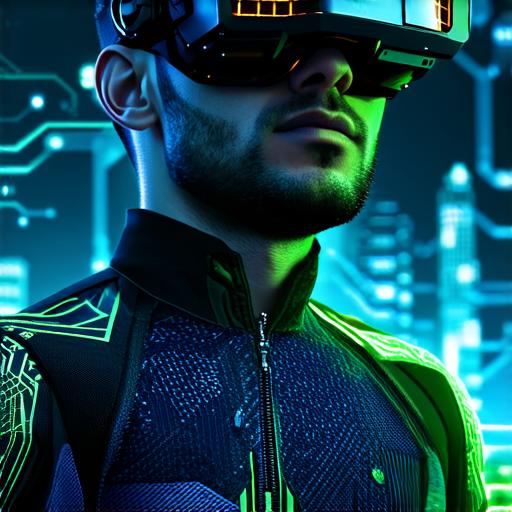
How Virtual Reality Operates
Virtual reality (VR) is an emerging technology that has captured the imagination of people around the world. From gaming to healthcare, VR has the potential to revolutionize many industries.
What is Virtual Reality?
Virtual reality is a computer-generated simulation that immerses the user in a simulated environment. It uses sensors and tracking devices to create a realistic, three-dimensional experience for the user. The most common VR devices include headsets, gloves, and motion controllers.
How Does Virtual Reality Work?
Virtual reality works by creating a 360-degree image of the environment around the user. This image is then projected onto the walls of the VR headset, creating a virtual world that appears to be in front of the user. The sensors and tracking devices used in VR headsets track the user’s movements and adjust the virtual environment accordingly, allowing the user to move around and interact with objects within the simulation.
What Makes Virtual Reality Different from Other Technologies?
Virtual reality is different from other technologies because it creates a fully immersive experience for the user. Unlike traditional media, such as movies or TV shows, VR allows the user to feel like they are actually in the environment being simulated.
Case Studies: How Virtual Reality is Being Used in Real Life
Virtual reality is already being used in a variety of real-life applications. In gaming, VR allows players to fully immerse themselves in the game world and feel like they are actually part of it. In healthcare, VR can be used for training medical professionals and providing patients with a more comfortable and relaxed environment for treatments such as pain management and physical therapy. In education, VR can be used to create virtual field trips, allowing students to explore new places and learn about different cultures without leaving the classroom.
The Future of Virtual Reality
The future of virtual reality is bright, with new technologies and applications emerging all the time. As VR continues to evolve, we can expect to see even more innovative uses for this technology in the coming years. From gaming to healthcare, education, and beyond, virtual reality has the potential to revolutionize many industries and change the way we live our lives.
Frequently Asked Questions (FAQs)

Q: How do I get started with virtual reality development?
A: There are several resources available for beginners looking to get started with virtual reality development, including online tutorials, documentation, and community forums.
Q: What kind of equipment is needed for virtual reality development?
A: Virtual reality development requires specialized equipment, including a VR headset, motion controllers, and sensors. These devices can be expensive, but there are many budget options available.
Q: What programming languages are used in virtual reality development?
A: Virtual reality development typically uses Unity, Unreal Engine, or other game engines that support virtual reality development. Programming languages such as C and Java are commonly used for VR development.
Summary
Virtual reality is a fascinating technology that has the potential to transform many industries. By understanding how it works and its capabilities, developers can create innovative and immersive experiences that will capture the imagination of users around the world. As virtual reality continues to evolve, we can expect to see even more exciting applications for this technology in the future.


